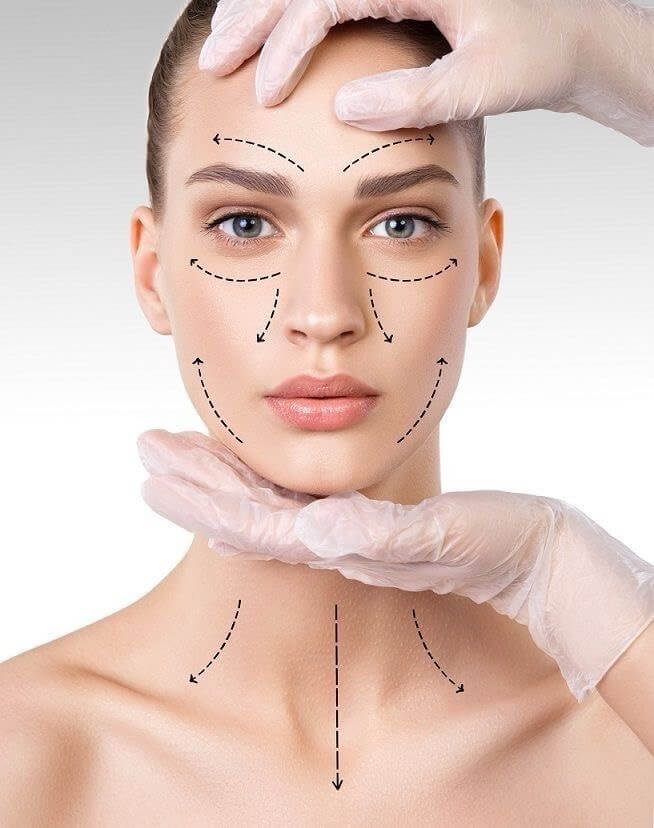Nanofat grafting represents a state-of-the-art technique crafted to revitalize the skin and address age-related concerns by fostering tissue regeneration. This minimally invasive procedure entails the extraction of liquified and refined fat, teeming with stem cells, from the patient's own body by a skilled specialist. Subsequently, these stem cell-enriched fat cells are delicately injected into specific areas to trigger skin renewal and elevate its aesthetic appeal.
Nanofat grafting presents a holistic and efficient approach to attaining smoother, more youthful skin texture and appearance.
Why is it done?
Nanofat grafting serves to rejuvenate both facial and body areas by replenishing volume and improving skin quality. It is particularly effective for treating delicate regions such as:
- Wrinkles around the lips
- Dark circles under the eyes
- The neck and décolletage
Moreover, nanofat can be utilized to fill nasal grooves, enhance cheekbones, augment lips, and minimize the appearance of scars.
What does it involve?
The procedure begins with the extraction of fat from donor sites like the hips or abdomen using a micro-cannula. The harvested fat is then centrifuged and purified to obtain filtered nanofat. Once prepared, the nanofat is carefully injected into the targeted area.
Nanofat grafting is typically performed under local anesthesia on an outpatient basis. Unlike traditional fillers, nanofat provides enduring and stable results due to its autologous nature, derived from the patient's tissue. Being biocompatible, it avoids allergic reactions or rejection risks associated with foreign materials.
How do you prepare for nanofat grafting?
Two weeks before the procedure, patients should abstain from anticoagulants and analgesic medications to minimize bleeding and bruising. Smokers are advised to refrain from tobacco use for one week before the treatment to optimize healing and reduce the risk of complications. Pregnant or breastfeeding individuals should postpone the procedure, and it's advisable to avoid scheduling during menstruation.
What's involved in the aftercare of nanofat grafting?
Following the procedure, patients should avoid direct sun exposure for at least one month to promote optimal healing and prevent complications.

